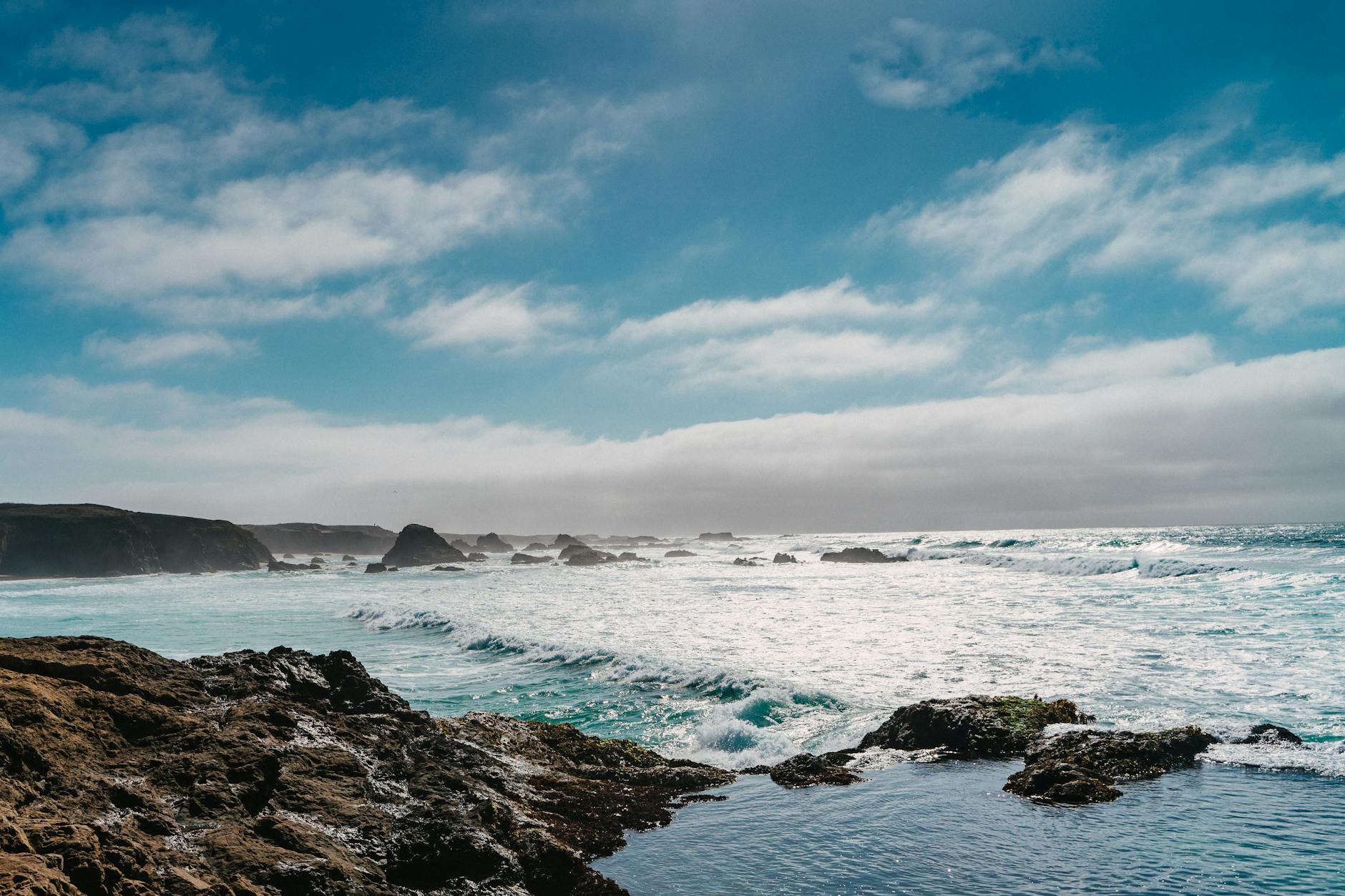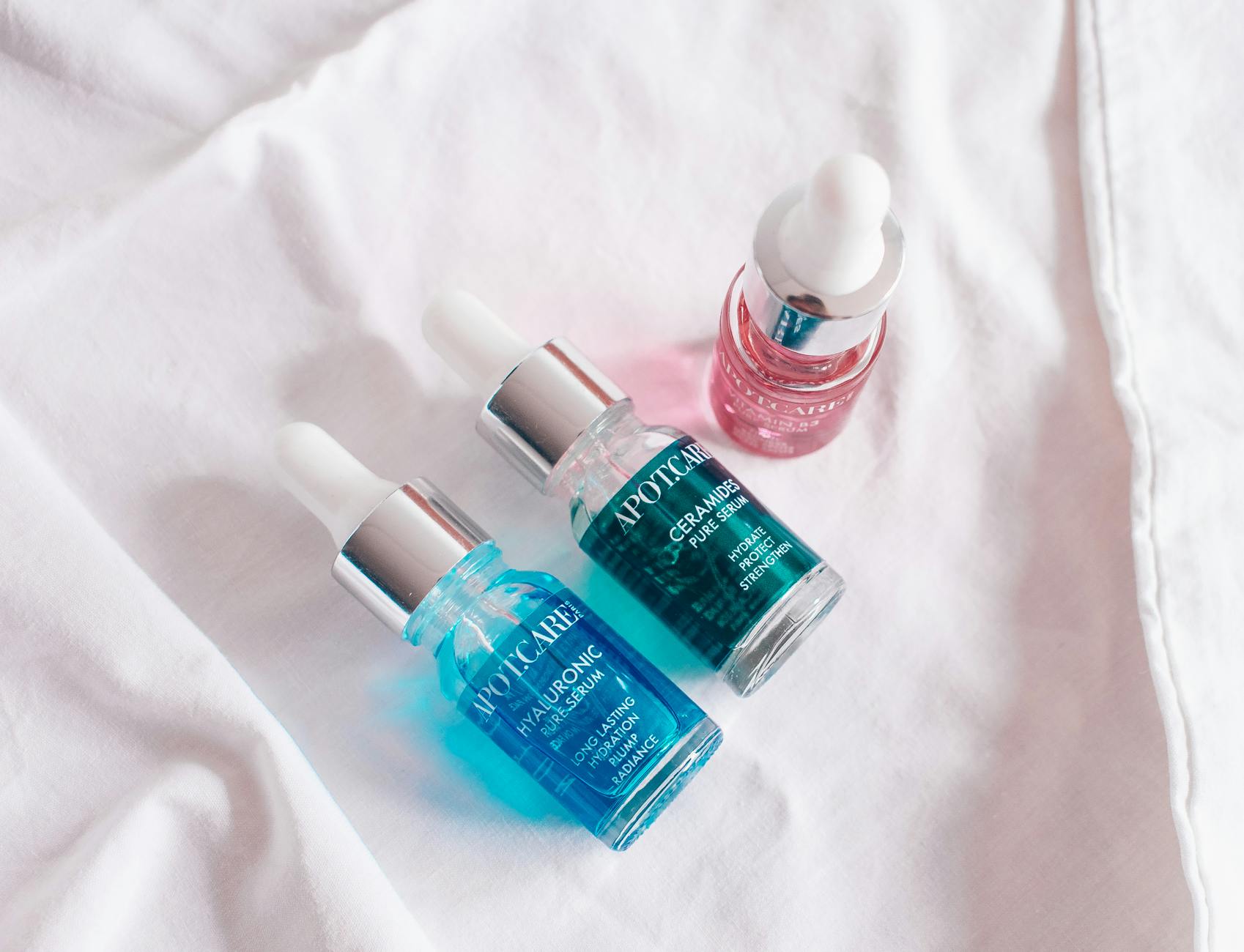Are Australians Pioneering a New Era of Sustainable Sunscreen?

Exploring Sustainable Sunscreen
Understanding the intricacies of sustainable sunscreen is fundamental for anyone dedicated to marine conservation. At the heart of this conversation is zinc sunscreen, a compelling choice due to its eco-friendly properties. By opting for sunscreens with non-nano zinc oxide, you help protect the fragile marine environments from harmful chemicals that can lead to coral bleaching. This natural mineral remains on the skin's surface, effectively blocking harmful UV rays without compromising aquatic ecosystems.
When seeking a truly sustainable sunscreen, it's important to avoid chemical filters like oxybenzone and octinoxate, which have been linked to damaging coral reefs. Instead, favour options that boast biodegradable ingredients, which decompose without leaving harmful residues in the ocean water. Additionally, reef-safe sunscreens should be void of parabens and synthetic fragrances, reducing the overall chemical imprint on marine life.
Achieving a balance between personal care and environmental responsibility is more than a personal choice—it's a contribution to preserving natural wonders like those around Cullen Bay Marina. Implementing sustainable sunscreen practices not only safeguards your skin but also ensures the enduring beauty of our local landmarks. Embracing such measures has tangible benefits for the health of both the skin and the ocean, illustrating the seamless relationship between responsible consumer behavior and conservation success.
The Australian Innovation
Homegrown Solutions
Australia is at the forefront of pioneering sustainable skincare innovations, including essential products like kids sunscreen. Such innovations emphasize the importance of protecting our children while maintaining the health of our marine ecosystems. In a place as sun-rich as Cullen Bay Marina, where the sun's reflection off the water is relentless, it's crucial to consider the environmental effects of our daily sunscreen choices.
Aussie innovators have focused on developing formulations that are free from harmful chemicals such as oxybenzone and octinoxate, known to contribute to coral bleaching. These substances are substituted with natural minerals like zinc oxide, which provide effective sun protection without causing ecological harm.
Local Initiatives and Leaders
Leaders within Australia's conservation circles are spearheading initiatives to increase public awareness about the detrimental impacts of traditional sunscreens. This includes educational programs and workshops, targeted at educating both locals and visitors alike, on the benefits of switching to eco-friendly sunscreens. By aligning these efforts with local campaigns, there's an opportunity to significantly reduce the environmental footprint on popular beaches and snorkelling sites around Australia's coastlines.
Impact on Global Practices
Australia's strides in sustainable sunscreen innovation have also started to influence global practices. As vacationers return home, they often carry with them insights and products that reflect Australian values, leading to increased international demand for reef-safe sunscreen options. This shift is gradually encouraging global brands to reformulate their products to cater to a more environmentally conscious consumer base.
Eco-Friendly Sunscreen Practices
Debunking Myths
In the quest for effective sun protection, many myths about sunscreen can mislead consumers, especially when considering eco-friendly options. One prevailing myth is that baby sunscreen is inherently suitable for reef preservation. While gentle on a baby's skin, not every formula meets the environmental standards needed to protect aquatic ecosystems. Situated near the stunning Mindil Beach, it's crucial to understand the nuanced impact of different sunscreen types on marine life. The belief that mineral-based sunscreens are always environmentally safe can also be misleading. It is essential to scrutinise ingredient lists for substances like zinc oxide that are non-nano and certified safe for aquatic environments.
Best Practices for Tour Guides
As an eco-tour guide, integrating sustainable sunscreen practices into your daily routine benefits both the environment and your clients. To start, prioritise education by informing tourists about the advantages of reef-safe sunscreens. Lead by example by using eco-friendly options yourself and offering sample creams during tours. Encourage discussions around sustainability, connecting these conversations to experiences like exploring the diverse waters around Cullen Bay Marina. Providing eco-conscious choices promotes awareness, fostering a ripple effect among tourists who will carry these practices beyond Darwin.
Educating Tourists on Sustainability
Tourists often lack knowledge about sustainable options, making education imperative. Provide engaging, informative sessions before snorkelling or other marine activities, highlighting both conservation stories and scientific insights. Use visual aids and real-time demonstrations to show the impact of non-reef-safe sunscreens versus eco-friendly alternatives. By weaving sustainability into the experience, you encourage a deeper connection to nature and empower tourists to make more informed, environmentally conscious decisions. This thoughtful approach ensures they leave not just with memories but with actionable habits that favour preservation.
Challenges in Adoption
Resistance from Mainstream Brands
In my experience, one of the significant hurdles in promoting environmentally friendly products like reef safe sunscreen is the resistance from mainstream brands. These larger companies often hesitate to pivot their established formulations towards more sustainable alternatives due to cost constraints and potential reformulation challenges. This reluctance can stifle innovation and slow down the transition to eco-friendliness. Awareness initiatives often need to target both consumers and manufacturers to drive meaningful change in sunscreen formulations. By understanding the intricate dynamics within these companies, we can effectively strategize to ease the shift toward sustainable practices.
Consumer Hesitancy and Misunderstanding
Despite widespread awareness campaigns, consumer hesitancy remains a substantial barrier. Many individuals are still unclear about what constitutes reef-safe sunscreen, which can lead to misconceptions and misinformed choices. Educational efforts need to focus on making the information clear and accessible, highlighting how choosing eco-friendly options aligns with preserving marine biodiversity. The more consumers learn about the long-term benefits of reef-safe products, the more likely they are to integrate them into their daily skincare routines.
Quality and Performance Concerns
Concerns about the performance of sustainable sunscreens also pose a significant challenge. Many consumers equate natural products with lower efficacy, fearing they won't provide adequate protection compared to traditional options. Addressing these worries is crucial. Providing scientific evidence and consumer testimonials that underscore the effectiveness of reef-safe sunscreens can help reassure potential users. Balancing environmental responsibility with high-quality protection is key to overcoming these quality-related apprehensions.
Calls to Action for Tour Guides
Promoting Reef-Safe Products
As someone who loves the pristine waters of Cullen Bay Marina and treasures the biodiversity around Charles Darwin National Park, I can't stress enough the importance of promoting reef safe sunscreen. By doing this, you not only safeguard our precious marine life but also inspire a new generation of eco-warriors. Educate your guests about the harmful effects of certain chemicals found in traditional sunscreens—especially oxybenzone and octinoxate—and guide them toward products that align with the safety of our vibrant reefs. Be a vocal advocate; your actions today will ripple out to protect the wonders you show off during your tours.
Running Awareness Drives
Leverage the relaxed vibe of Mindil Beach to engage tourists in innovative awareness campaigns about sustainability. You could organize interactive seminars or set up eco-focused storytelling sessions to make the connection between sunscreen choices and marine conservation. Dive deep into sharing data and conservation stories that illuminate the stark reality of our environment, capturing both hearts and minds. This not only positions you as a knowledgeable leader but also leaves your audience with actionable insights and a heightened sense of responsibility.
Aligning with Eco-Friendly Vendors
To create a robust network for change, build strong partnerships with eco-friendly companies. Consider collaborating with suppliers who prioritise environmentally-safe products. This strategic move not only elevates your tours with sustainable options but also cultivates a supply chain that supports your dedication to protecting natural habitats. Imagine the impact if every business in Darwin follows this lead, creating a collective force for positive change.


